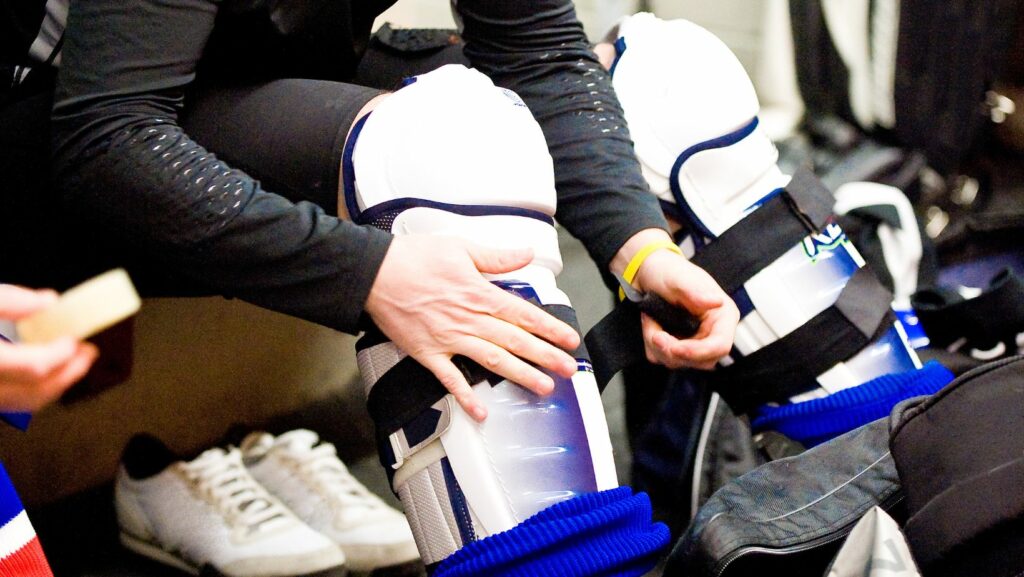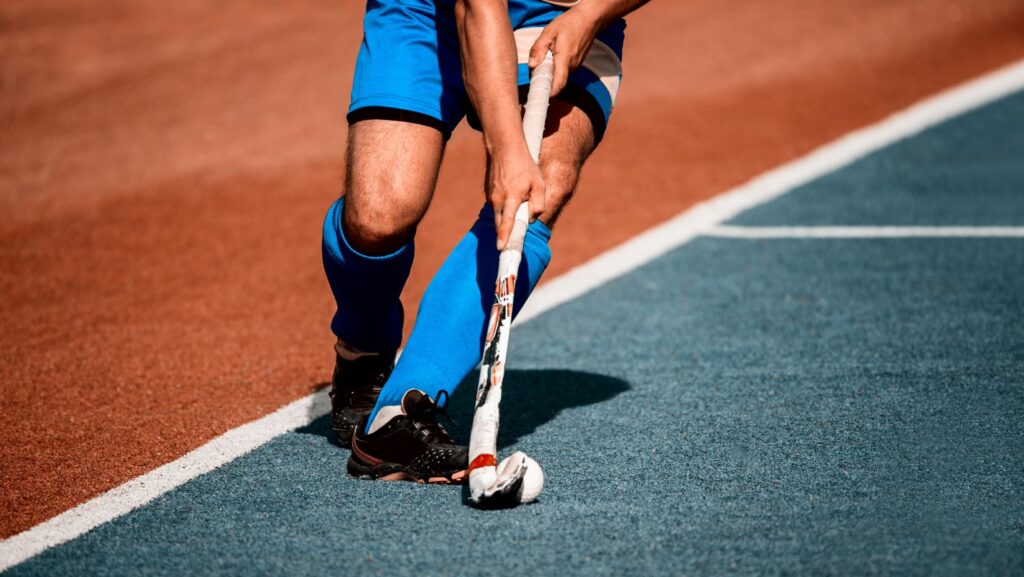Most people wear shin guards when playing soccer to protect their shins from being kicked by another player. Shin guards can also help prevent injuries such as bruises and fractures.
There are two main types of shin guards: sleeve-type shin guards and strap-on shin guards. Sleeve-type shin guards are made of a soft material, such as foam, and fit snugly around the leg. Strap-on shin guards are made of a harder material, such as plastic, and are held in place by straps that go around the calf.
Shin guards should be worn on the inside of the socks, with the bottom edge of the shin guard resting on the ankle bone. The top edge of the shin guard should come up to just below the knee. If the shin guard is too long, it can interfere with running and make it more difficult to kick the ball. If the shin guard is too short, it will not provide adequate protection.
It is important to choose a shin guard that fits well and is comfortable to wear. Soccer players often prefer sleeve-type shin guards because they are less bulky and easier to move in. However, strap-on shin guards provide more protection for the lower leg and are better at absorbing impact from a hard kick. Ultimately, it is up to each individual player to decide which type of shin guard works best for them.
What are the benefits of wearing shin guards
The benefits of wearing shin guards are numerous, but the most important one is that they protect your shins from impact. Soccer is a high-impact sport, and without proper protection, you are at risk of serious injury. Shin guards absorb the impact of a soccer ball or another player’s cleats, and can help prevent breaks, bruises, and other injuries.

Another benefit of wearing shin guards is that they can help you stay cool in hot weather. Because they cover your shins, they prevent heat from reaching your skin, which can help you stay cool and comfortable during a long game or practice.
Finally, shin guards can also help you stay dry during wet weather conditions. They provide a barrier between your skin and the wet ground or field, which can help you stay dry and comfortable while you play.
How to wear youth soccer shin guards
Shin guards are an essential part of playing soccer. They protect your shins from hard kicks and enable you to play with more confidence. When wearing shin guards, it is important to make sure that they fit properly. This can be a challenge, especially for youth players. In this article, we will provide some tips on how to wear shin guards properly.
For youth soccer players
Many young soccer players wear shin guards, but they may not be wearing them correctly. Shin guards should fit snugly against the leg, covering the entire shin. They should be positioned so that the bottom edge is just above the ankle bone and the top edge is just below the knee. The front of the shin guard should cup the shin, and the back should extend all the way to the Achilles tendon. Soccer socks should be worn over the shin guards to hold them in place.

For adult soccer players
Adult soccer players typically wear shin guards that fit snugly inside their socks. Most shin guards have a Velcro strap that wraps around the calf to keep the guard in place during play. If your shin guards do not have a strap, you can wear them over your socks or tuck them into the top of your socks.
Conclusion
Shin guards come in all shapes and sizes, and it can be tough to figure out which type is right for you. With a little bit of research, you can find the perfect pair of shin guards to keep you safe on the soccer field.